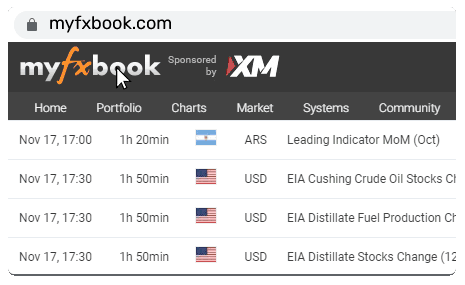Strong USD Gains – Month-End Flow or Something More?

As evident since yesterday morning, the BoJ's policy meeting has given its approval for renewed selling of the yen, mainly due to the adjustments made to the YCC framework. These changes, however, were quite cautious and fell short of a complete abandonment of the existing policy. The commitment to continue large-scale JGB (Japanese Government Bond) purchases was seen as a signal to the markets, suggesting room for yen depreciation. The unexpected magnitude of the increase in USD/JPY was a surprise, and the BoJ's cautious approach reinforced the perception that Japanese authorities are willing to tolerate further weakening of the yen. Additionally, the Ministry of Finance (MoF) confirmed that they did not intervene in the foreign exchange market in October. Although USD/JPY has experienced a slight correction lower, renewed buying may be restrained due to the stern language used today by the Vice Finance Minister for International Affairs, who mentioned that the MoF was "on standby" following "sudden" and one-sided currency movements. Consequently, the likelihood of intervention has increased significantly.
USDJPY Chart
Source: Finlogix Chart
The currency movements observed yesterday appear to be linked to specific month-end flows. Despite the BoJ's announcement, the bond markets remained relatively calm, with only moderate changes in US, German, and UK 10-year yields, all of which declined by 2-5 basis points. Given the context of month-end activities, we should perhaps refrain from attaching excessive significance to the level of US dollar strength observed.
That being said, there were developments yesterday that undeniably supported the US dollar. Notably, the inflation figures in the euro-zone are worth mentioning. The European Central Bank's persistent concerns regarding inflation remaining "too high for too long," as mentioned in last week's statement, could start to appear questionable. The year-on-year advance Consumer Price Index (CPI) rate significantly dropped from 4.3% to 2.9%, marking its lowest level since July 2021. In comparison, the US equivalent stands at 3.7%. The substantial energy price shock experienced by the euro-zone, in contrast to the US, makes the current inflation comparison remarkable. The average natural gas price in 2022 increased by a factor of nine compared to 2019 in Europe, while in the US, the increase ranged between two to three times. Headline CPI in the Netherlands plummeted to -1.0% in October, and in Belgium, it is even lower at -1.7%.
The resilience of inflation in the US can be attributed to demand-related factors, as robust economic growth continues. Strong labour demand has contributed to keeping wage inflation elevated. The Employment Cost Index for the third quarter was released yesterday and slightly exceeded expectations at 1.1% on a quarterly basis. As we have previously noted, the potential for further strength in the US dollar remains in place until concrete evidence of a slowdown or more significant declines in inflation becomes apparent. The economic data released yesterday did not provide that evidence.
This content may have been written by a third party. ACY makes no representation or warranty and assumes no liability as to the accuracy or completeness of the information provided, nor any loss arising from any investment based on a recommendation, forecast or other information supplied by any third-party. This content is information only, and does not constitute financial, investment or other advice on which you can rely.



















